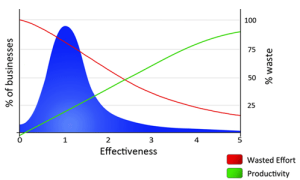You can’t change a behavior by trying to change a behavior.
~ Sharon Drew Morgen
(Neither one’s own behaviours nor those of others).
Every decision is a change management problem.
~ Sharon Drew Morgen
People don’t buy because they have a need. They buy because they can’t solve a problem with familiar resources. And the cost of the solution must be equal to or less than the cost of the status quo.
~ Sharon Drew Morgen
Also
People don’t change because they have an unmet need. They change because they can’t get their need met with familiar strategies. And the cost of the change must be equal to or less than the cost of the status quo.
Furrther Reading
Morgen, S.D. (2021). Morgenisms. [online] Available at: https://sharon-drew.com/morgenisms [Accessed 31 Mar. 2022].


